How To Charge A Camera Battery Without Charger?
In the world of photography, a dead camera battery can be a significant hindrance, especially when you don't have a charger on hand. Whether you're in the middle of a shoot, traveling, or simply misplaced your charger, knowing alternative methods to charge your camera battery can be a lifesaver. This article will explore various practical solutions to charge a camera battery without a charger, ensuring you’re always prepared to capture those perfect moments.
Understanding Your Camera Battery
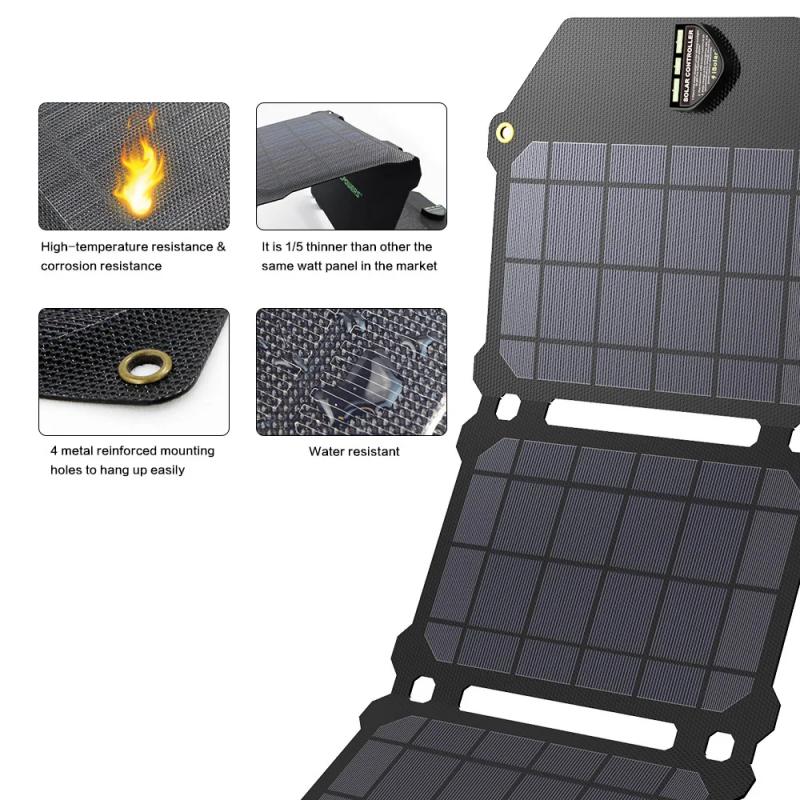
Before diving into alternative charging methods, it’s essential to understand the type of battery your camera uses. Most modern cameras use lithium-ion (Li-ion) batteries due to their high energy density and long life. These batteries are generally safe and efficient but require careful handling to avoid damage or reduced lifespan.
Method 1: USB Cable and Power Bank

One of the most convenient ways to charge a camera battery without a charger is by using a USB cable and a power bank. Many modern cameras come with a USB port that allows for direct charging. Here’s how you can do it:
1. Check Compatibility: Ensure your camera supports USB charging. Refer to the user manual or the manufacturer’s website for this information.
2. Connect the USB Cable: Use the appropriate USB cable to connect your camera to the power bank.
3. Turn On the Power Bank: Activate the power bank to start the charging process.
4. Monitor the Charging: Keep an eye on the camera’s battery indicator to ensure it’s charging correctly.
This method is particularly useful when you’re on the go, as power banks are portable and can provide multiple charges.
Method 2: Use a Computer or Laptop

If you have access to a computer or laptop, you can use it to charge your camera battery via USB. The steps are similar to using a power bank:
1. Connect the USB Cable: Plug the USB cable into your camera and the other end into the computer or laptop.
2. Turn On the Computer: Ensure the computer is powered on and not in sleep mode.
3. Monitor the Charging: Check the battery indicator on your camera to confirm it’s charging.
While this method is slower than using a power bank, it’s a viable option when you’re at home or in an office setting.
Method 3: Use a Universal Battery Charger

A universal battery charger is a versatile tool that can charge various types of batteries, including camera batteries. These chargers come with adjustable pins to fit different battery sizes and types. Here’s how to use one:
1. Adjust the Pins: Set the pins on the charger to match the contacts on your camera battery.
2. Insert the Battery: Place the battery into the charger, ensuring the contacts align correctly.
3. Connect to Power: Plug the charger into a power outlet.
4. Monitor the Charging: Most universal chargers have an indicator light to show the charging status.
Universal battery chargers are a great investment for photographers who use multiple devices with different battery types.
Method 4: DIY Charging with a DC Adapter
For those who are technically inclined, creating a DIY charging setup using a DC adapter can be an effective solution. This method requires some basic knowledge of electronics and the appropriate tools. Here’s a step-by-step guide:
1. Identify the Battery Voltage: Check the voltage rating on your camera battery.
2. Select a DC Adapter: Choose a DC adapter that matches the battery’s voltage.
3. Prepare the Wires: Strip the ends of the adapter’s wires to expose the metal.
4. Connect the Wires: Attach the positive wire to the positive terminal and the negative wire to the negative terminal of the battery.
5. Secure the Connection: Use electrical tape to secure the wires in place.
6. Plug in the Adapter: Connect the adapter to a power source and monitor the charging process.
This method should be used with caution, as incorrect connections can damage the battery or the camera.
Method 5: Solar Chargers
For outdoor enthusiasts, a solar charger can be an eco-friendly way to charge your camera battery. Solar chargers convert sunlight into electrical energy, which can then be used to charge your devices. Here’s how to use one:
1. Choose a Compatible Solar Charger: Ensure the solar charger has the appropriate output for your camera battery.
2. Set Up the Solar Panels: Place the solar panels in direct sunlight for optimal energy absorption.
3. Connect the Camera: Use a USB cable to connect your camera to the solar charger.
4. Monitor the Charging: Keep an eye on the battery indicator to ensure it’s charging.
Solar chargers are ideal for long trips or remote locations where traditional power sources are unavailable.
Method 6: External Battery Packs
Some cameras are compatible with external battery packs designed specifically for extended use. These battery packs can be attached to the camera and provide additional power. Here’s how to use one:
1. Check Compatibility: Ensure the external battery pack is compatible with your camera model.
2. Attach the Battery Pack: Follow the manufacturer’s instructions to attach the battery pack to your camera.
3. Turn On the Battery Pack: Activate the battery pack to start supplying power to the camera.
4. Monitor the Power Level: Keep an eye on the power level to ensure continuous operation.
External battery packs are particularly useful for professional photographers who need extended battery life during shoots.
Safety Tips
When charging your camera battery using alternative methods, it’s crucial to follow safety guidelines to prevent damage or injury:
- Use the Correct Voltage: Always use a power source that matches the battery’s voltage rating.
- Avoid Overcharging: Monitor the charging process to prevent overcharging, which can damage the battery.
- Check for Damage: Inspect the battery and charging equipment for any signs of damage before use.
- Follow Manufacturer Guidelines: Refer to the camera and battery manufacturer’s guidelines for safe charging practices.
Charging a camera battery without a charger is entirely possible with the right tools and knowledge. Whether you’re using a USB cable, a universal charger, a DIY setup, or a solar charger, these methods can keep your camera powered and ready for action. By understanding your battery type and following safety precautions, you can ensure a reliable and efficient charging process, no matter where you are. So, the next time you find yourself without a charger, remember these alternative methods and keep capturing those unforgettable moments.

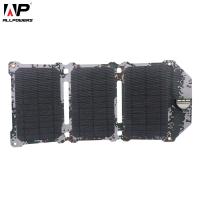
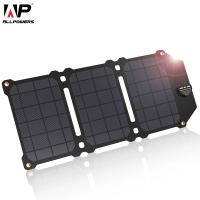
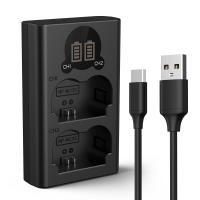

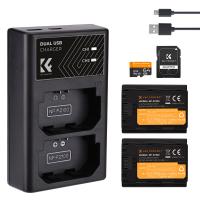
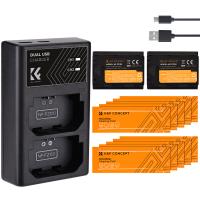




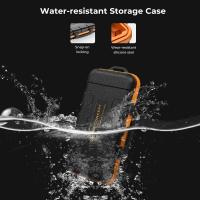
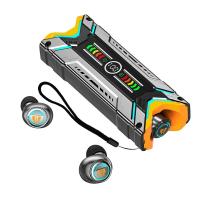
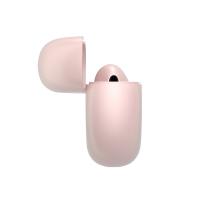
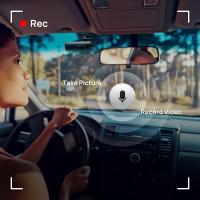

There are no comments for this blog.